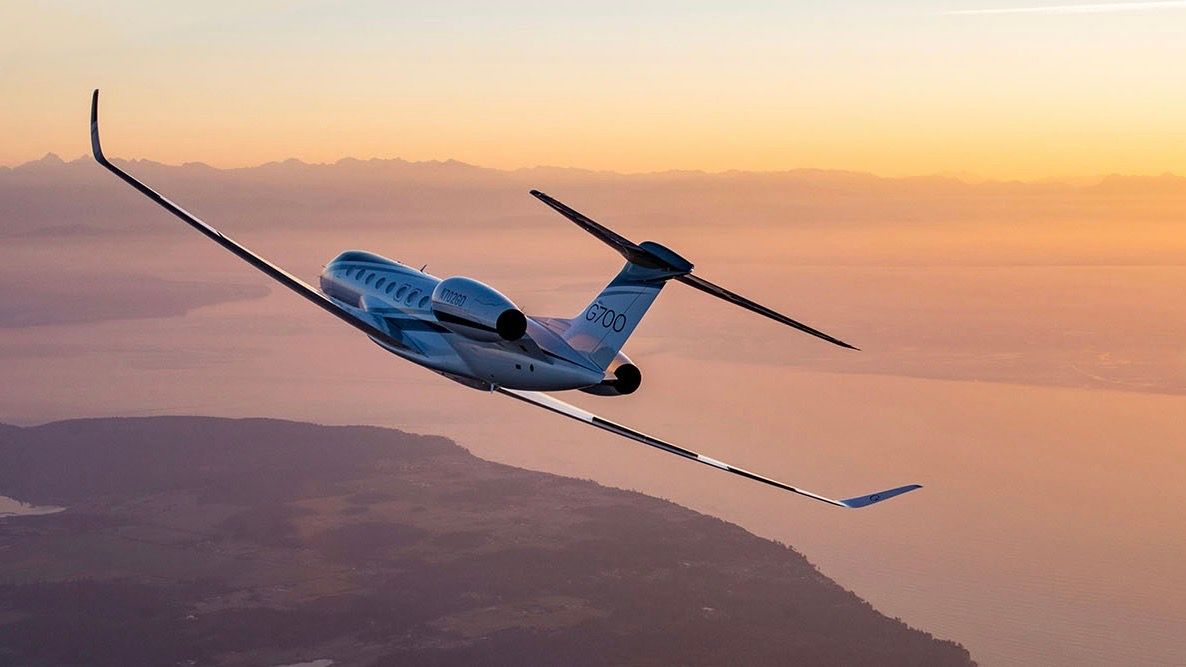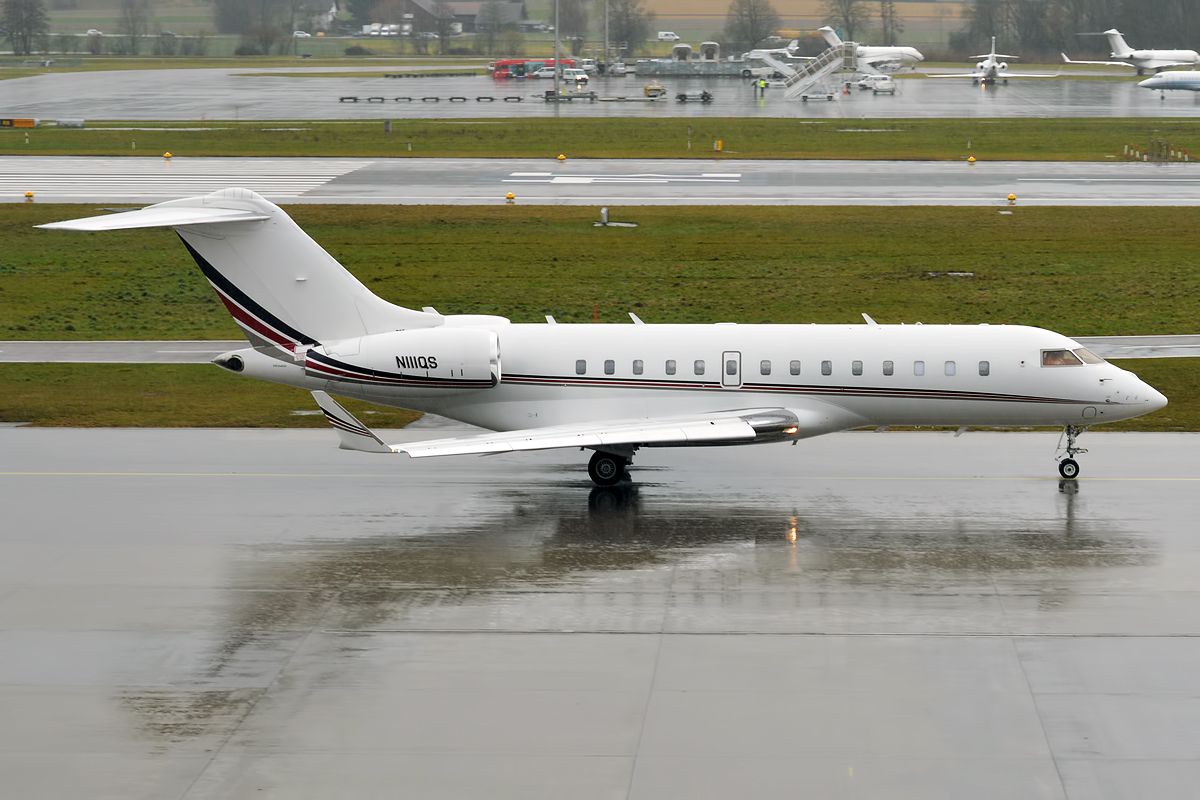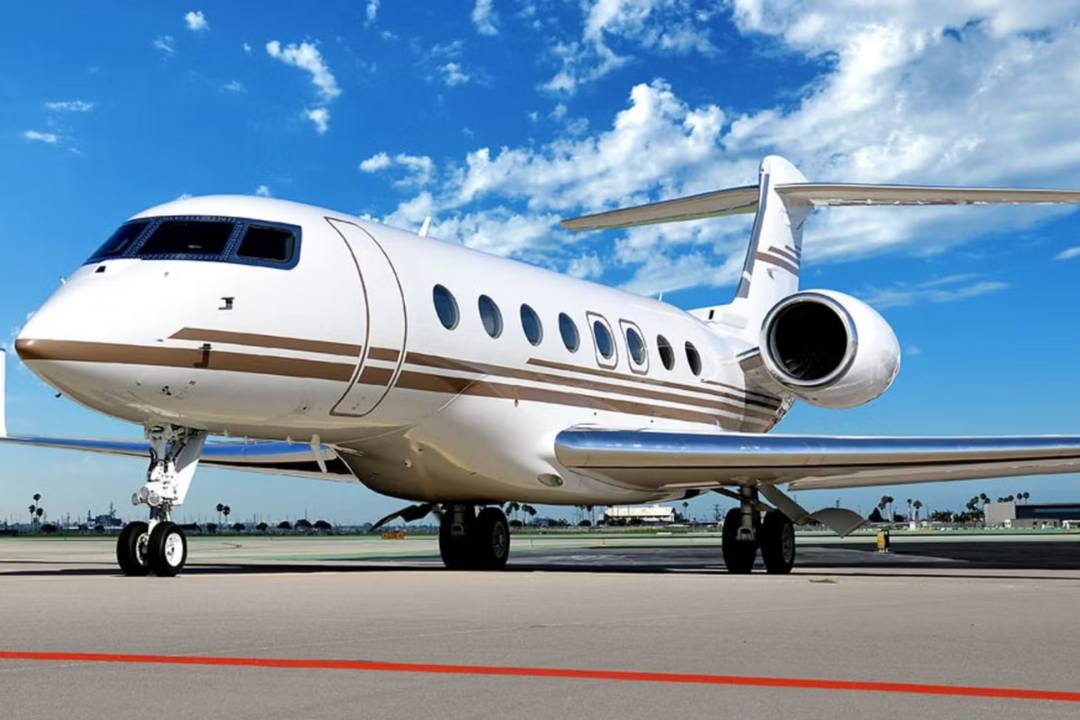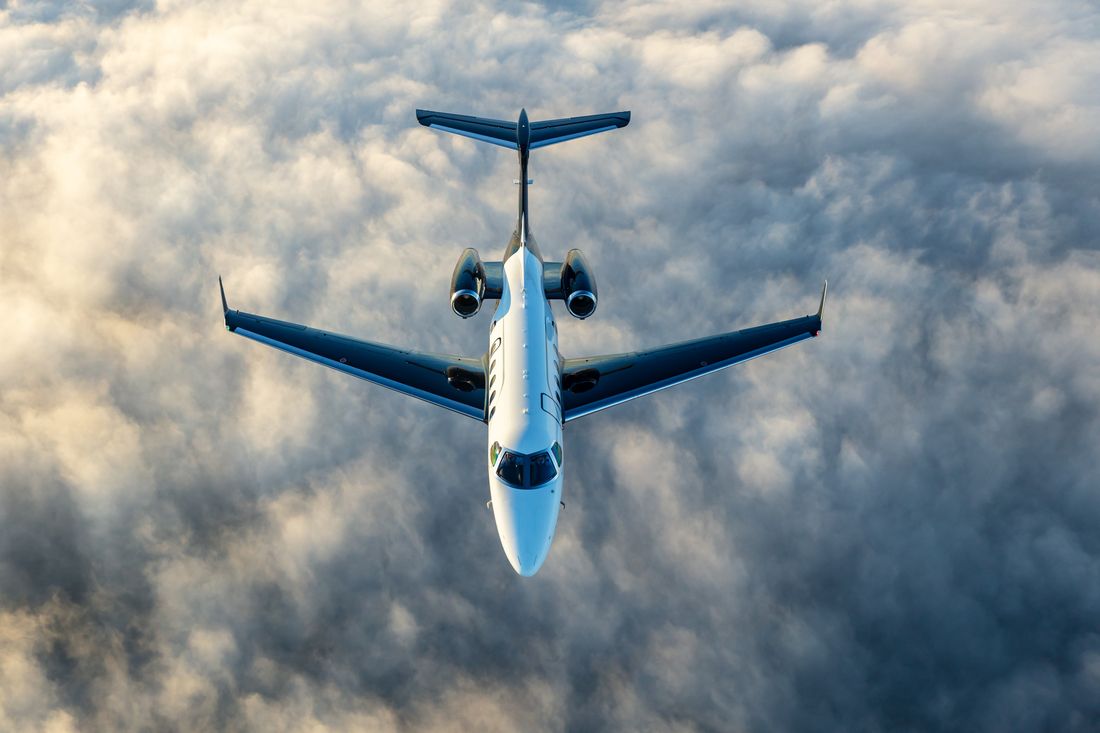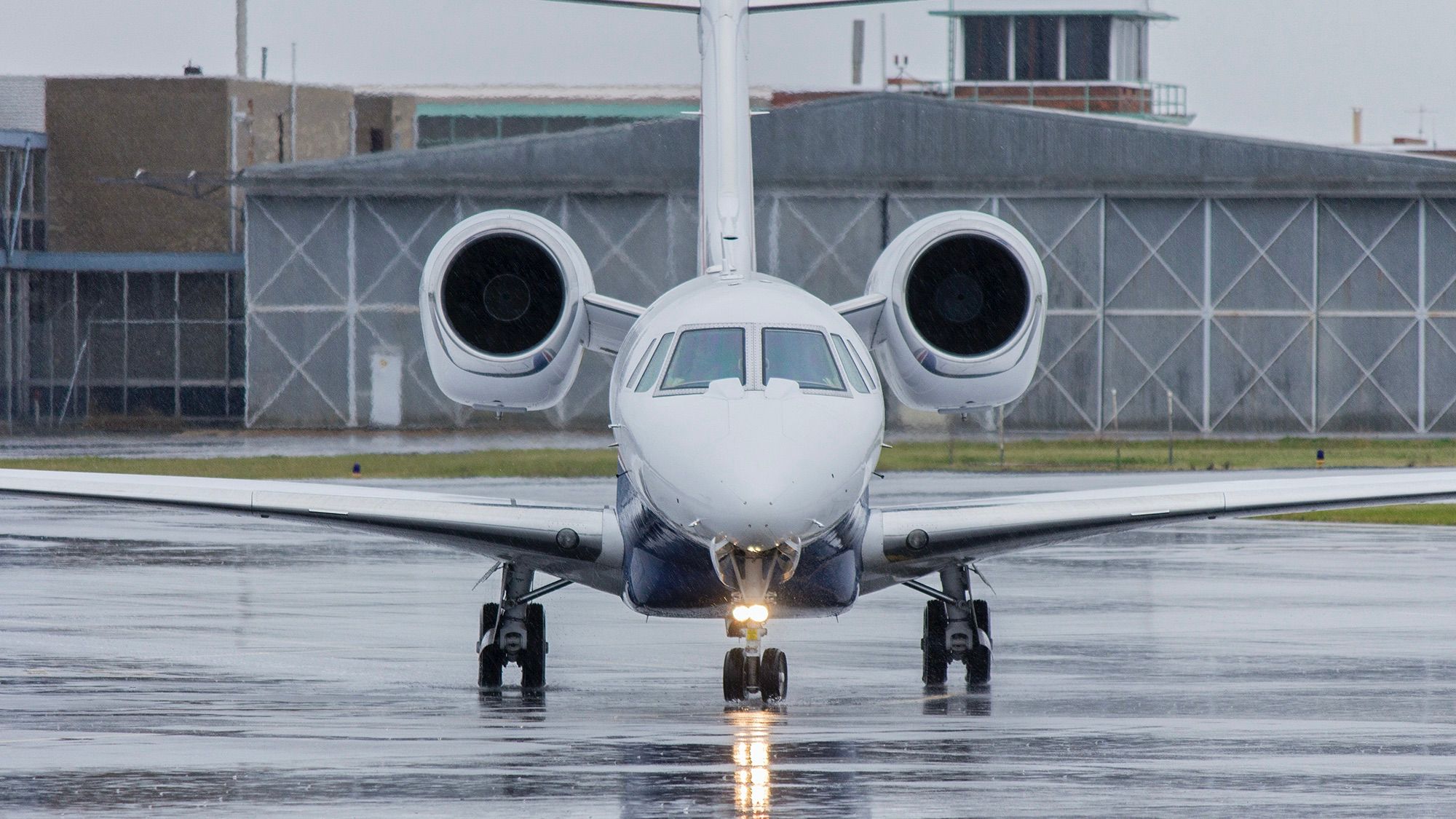Summary
- Fractional ownership allows sharing of costs among multiple owners, providing flexibility in terms of how many shares can be purchased.
- Commitment typically ranges from 3 to 10 years, with management and hourly fees increasing based on the number of shares owned.
- Fractional owners may experience the advantage of tax benefits, while also facing the drawback of lower residual resale value and varying aircraft availability.
When considering the need for private jet travel, there are many things to consider in terms of chartering an aircraft, fractional ownership or buying a private jet outright. In a changing world, where private jets have become more accessible than ever before, there are a number of options available. Here we take a look at the details of fractional ownership and what questions potential owners might have, before taking the leap.
What is fractional ownership?
Fractional ownership is where an aircraft’s purchase and operating costs are shared between a number of owners. Flexjet and NetJets are two examples of private jet operators that offer this. It meets the needs of those who fly regularly but don’t want the cost or stress of full aircraft ownership. Typically, an aircraft is divided up into 16 shares, so an ‘owner’ can buy one 16th share or eight shares, or anything in between. There is no limit on the number of shares that can be bought.
How many hours can I fly, and what’s the commitment?
In most cases, a single aircraft is sold to multiple owners based on 800 flying hours per year. This equates to 1/16th being 50 hours of flying hours and eight shares being 400 flying hours. The commitment to a fractional ownership program is usually five years, but can be a little as three years and up to ten years. As a general rule, if you fly more than 50 hours per year, this can be very cost-effective, according to the NBAA.
Photo: Gulfstream
There will be monthly management fees and an hourly fee, all dependent on how many shares are owned. Management fees rise, the more shares that you have in the aircraft and the more hours that you have. Fixed costs are pro rata and include things like hangar space, administration, insurance, and training. This is advantageous to those with lower hours but a disadvantage to those with more hours.
The operating costs per hour rise with the number of hours allocated by share. However, direct operating costs are hourly fees that remain the same and include the cost of fuel, maintenance, engine reserves and pilot fees amongst other things. For these, owners have to be reliant on the operator to control costs.
Photo: Embraer
Will I always fly on the same aircraft with the same crew?
It is very unlikely. It can be an aircraft of a similar type, depending on the availability of the aircraft. At peak times, the original aircraft might already be booked by another owner, in which case the operator will find an alternative aircraft. This also offers some flexibility, as other private jets in the fleet might be more suited to the trip requirements. The crew will rarely be the same on an aircraft that is not under full ownership.
What documents will I need to sign?
The three main documents required for fractional ownership include:
- Purchase agreement
- Management agreement
- Owner agreement
The purchase agreement is the terms and conditions of the aircraft transferred from the operator to the buyer and names can be changed each time a share is sold. The management agreement shows the terms and conditions of the agreement and the level of service that the program will provide. The owner agreement is signed by all owners of the specific aircraft.
What does the residual resale value mean?
This is the expected value of your aircraft share at the end of the agreement period. Assuming the average utilization of 430 hours for a flight department and for fractional ownership 1000-1200 hours, the value of the fractional aircraft will be less due to the extra flying hours and cycles. The fractional ownership hours are based on the original 800 flying hours plus repositioning hours.
Are there tax benefits in fractional ownership?
Yes, there can be. As the owner of a fractional share in an aircraft, you have the same benefits as a full owner for tax purposes. There can also be advantages because of yearly depreciation of shares. If the aircraft is used purely for business purposes, it may qualify as a business expense. A lawyer and accountant should be contacted for more information on individual cases.
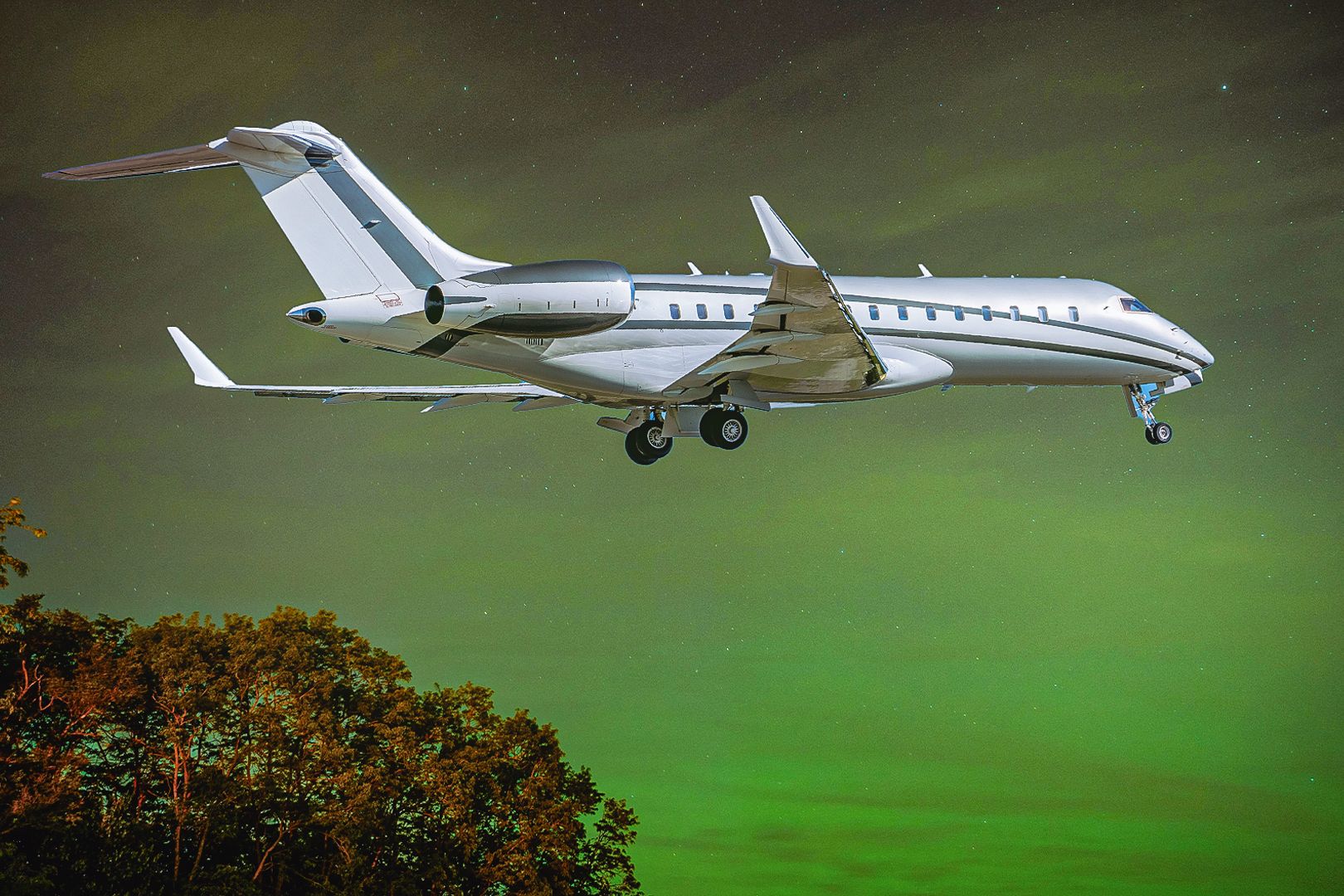
You might also like:
The 5 Types Of Aircraft That Jet Linx Utilizes
The company offers an incredible variety of business jets.
Examples of share cost
These are some examples of individual share costs for a light jet and a very light jet, according to aerolawcenter:
- Very light jet: suited to 1 to 3 passengers for leisure or business in remote areas
- Shares cost upwards of $125,000
- Large turboprop or light jet for VIP, UHNWI or corporate travel
- Shares cost upwards of $250,000 and $500,000
- Fee for each flight hour: $2,500 plus.
In conclusion, there are definitely advantages and disadvantages to fractional ownership, but for anyone who uses private jets on a regular basis, it can be a cost-effective measure. Fractional ownership can be a very attractive venture for those who want a private jet on demand but without the hassle of full ownership of an aircraft.
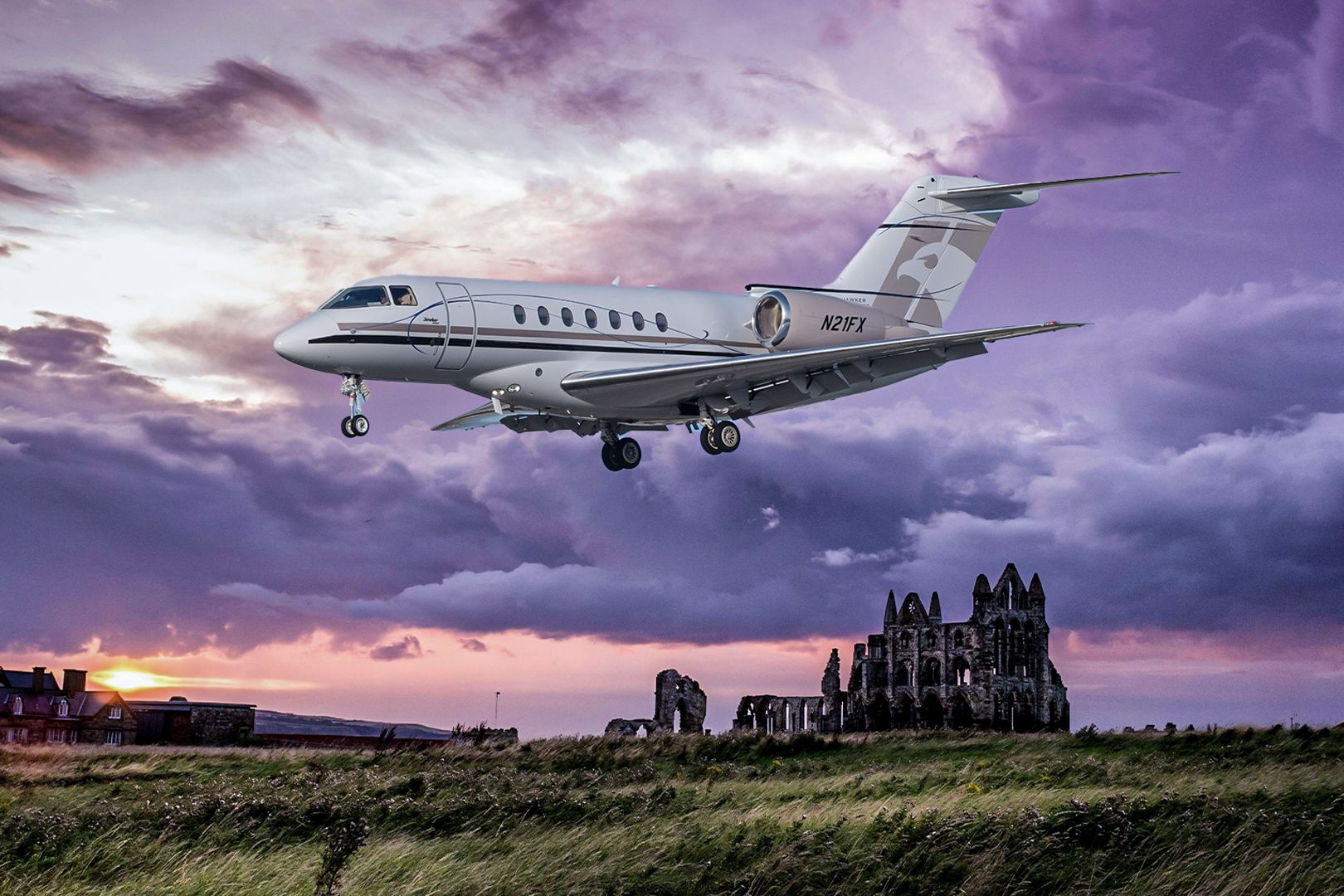
You might also like:
A Look At The 7 Private Aircraft That Hawker Developed
From a 6-seat light jet to 14-seat super-midsize jet.
